German photographer explores Korea’s urbanization
By Korea HeraldPublished : March 20, 2012 - 18:01
German photographer and filmmaker Nils Clauss is showing an exhibition exploring the effects of Korea’s rapid urbanization.
“DistURBANces” includes photos from two collections ― “Urban Nature,” which won the European Architectural Photography Prize last year, and “Zugzwang,” which goes through the wreckage of houses earmarked for redevelopment.
The exhibition also shows short films he made as part of collaborations, including the music video “Senior Living,” which last year made the New Directors Showcase at the Cannes Lions Awards, and also was entered for the UK Music Video Awards.
“DistURBANces” includes photos from two collections ― “Urban Nature,” which won the European Architectural Photography Prize last year, and “Zugzwang,” which goes through the wreckage of houses earmarked for redevelopment.
The exhibition also shows short films he made as part of collaborations, including the music video “Senior Living,” which last year made the New Directors Showcase at the Cannes Lions Awards, and also was entered for the UK Music Video Awards.


The title of “Zugzwang” comes from chess ― used to describe a situation in which a player has no choice but to move into a checkmate position.
“It relates very well to the situation of people living in construction areas because they don’t get to decide if they want to move or not, they have to move,” Clauss said.
Clauss started the series after becoming one of the tenants who had to move out of a redevelopment area. He describes the process of clearing these sites as violent.
“If you look at the photographs, they all present traces of violent activities,”he explained. “The construction companies come in once the tenants move out and smash the windows, break the facilities, rip out the power plugs, wiring and insulation, and destroy the floor heating.
“Every room is transformed into a non-livable space, which helps the construction companies to prevent people moving back into or squatting in these spaces.”
But Clauss said that at other times the violence was more direct.
“They bring in these thugs who pressure the landlords and tenants to move out,” he said.
“Sometimes their arguments end up in physical fights and sometimes I experienced incidents which did not seem to be a coincidence. In my neighborhood one house was on fire and a week later another house was on fire. Both places were frequented by tenants who refused to move out.”
Clauss said he regarded the work as urban exploration, but also compared it to portraiture, pointing out the personal connection between people and their homes. He had run-ins with the guards, but quick thinking in front of an angry security guard saved some of his work from being lost.
“By the time he approached me I had my film camera put away and I presented him my digital camera with a couple of random images, which I was asked to delete.
“Each time I entered these areas I was really tense. The images are very static, but that does not reflect my state of mind (at the time).”
The other photographs in the show are from the Urban Nature series, which shows Korean murals and images of nature in the city.
“I’m interested in the relationship between urban and rural, countryside and city,” said Clauss. “And now most people in Korea live in urban areas. Unlike a European city which has a defined border where you can differentiate between the rural areas and the city, it’s not possible to do that any more in Seoul because the whole city is grown into each other. What you end up with is an urban mess of city in Korea.
“I felt that there was a sort of yearning for rural space. People don’t have rural space so they paint rural space onto walls.”
Although this might sound like a more positive image than the urban clearances of Zugzwang, Clauss said they are both bleak ― the main difference is one of scale.
“Whereas Zugzwang is more about the individuals who had to leave their apartments, Urban Nature is more about South Korea.”
So while Zugzwang is about destroying homes, Urban Nature reflects nostalgia for the resulting lost habitat.
“Personally I think that is quite grim, and it is the continuation of the construction which started in individual neighborhoods, introduced in Zugzwang, spreading all over the country,” said Clauss. “Therefore Urban Nature is more or less the final result of Zugzwang. And disturbance is what they have in common.”
DistURBANces can be seen at TUV Rheinland Gallery in E&C Dream Tower 6 in Guro-dong, Seoul until the end of May.
By Paul Kerry
(paulkerry@heraldcorp.com)
“It relates very well to the situation of people living in construction areas because they don’t get to decide if they want to move or not, they have to move,” Clauss said.
Clauss started the series after becoming one of the tenants who had to move out of a redevelopment area. He describes the process of clearing these sites as violent.
“If you look at the photographs, they all present traces of violent activities,”he explained. “The construction companies come in once the tenants move out and smash the windows, break the facilities, rip out the power plugs, wiring and insulation, and destroy the floor heating.
“Every room is transformed into a non-livable space, which helps the construction companies to prevent people moving back into or squatting in these spaces.”
But Clauss said that at other times the violence was more direct.
“They bring in these thugs who pressure the landlords and tenants to move out,” he said.
“Sometimes their arguments end up in physical fights and sometimes I experienced incidents which did not seem to be a coincidence. In my neighborhood one house was on fire and a week later another house was on fire. Both places were frequented by tenants who refused to move out.”
Clauss said he regarded the work as urban exploration, but also compared it to portraiture, pointing out the personal connection between people and their homes. He had run-ins with the guards, but quick thinking in front of an angry security guard saved some of his work from being lost.
“By the time he approached me I had my film camera put away and I presented him my digital camera with a couple of random images, which I was asked to delete.
“Each time I entered these areas I was really tense. The images are very static, but that does not reflect my state of mind (at the time).”
The other photographs in the show are from the Urban Nature series, which shows Korean murals and images of nature in the city.
“I’m interested in the relationship between urban and rural, countryside and city,” said Clauss. “And now most people in Korea live in urban areas. Unlike a European city which has a defined border where you can differentiate between the rural areas and the city, it’s not possible to do that any more in Seoul because the whole city is grown into each other. What you end up with is an urban mess of city in Korea.
“I felt that there was a sort of yearning for rural space. People don’t have rural space so they paint rural space onto walls.”
Although this might sound like a more positive image than the urban clearances of Zugzwang, Clauss said they are both bleak ― the main difference is one of scale.
“Whereas Zugzwang is more about the individuals who had to leave their apartments, Urban Nature is more about South Korea.”
So while Zugzwang is about destroying homes, Urban Nature reflects nostalgia for the resulting lost habitat.
“Personally I think that is quite grim, and it is the continuation of the construction which started in individual neighborhoods, introduced in Zugzwang, spreading all over the country,” said Clauss. “Therefore Urban Nature is more or less the final result of Zugzwang. And disturbance is what they have in common.”
DistURBANces can be seen at TUV Rheinland Gallery in E&C Dream Tower 6 in Guro-dong, Seoul until the end of May.
By Paul Kerry
(paulkerry@heraldcorp.com)
-
Articles by Korea Herald


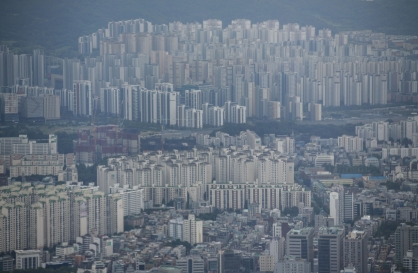
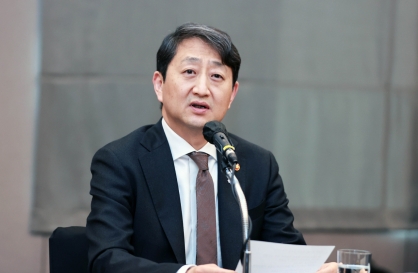
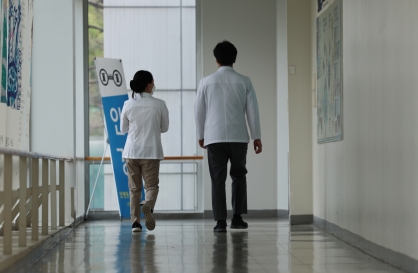
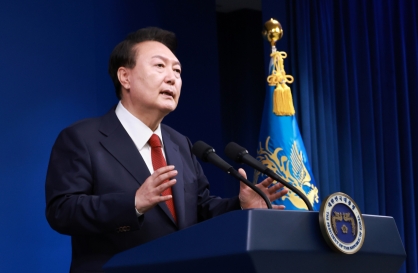
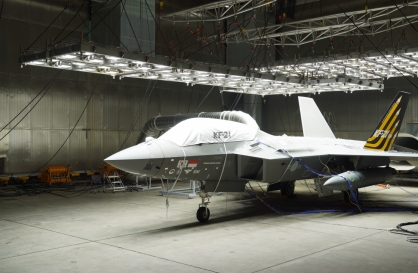
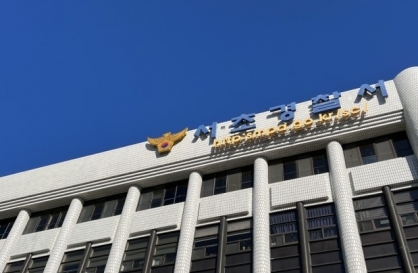
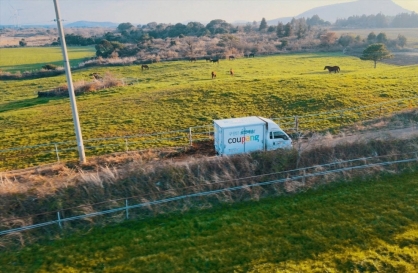
![[K-pop’s dilemma] Time, profit pressures work against originality](http://res.heraldm.com/phpwas/restmb_idxmake.php?idx=644&simg=/content/image/2024/05/08/20240508050705_0.jpg&u=20240508171126)

![[K-pop's dilemma] Is Hybe-Ador conflict a case of growing pains?](http://res.heraldm.com/phpwas/restmb_idxmake.php?idx=644&simg=/content/image/2024/05/07/20240507050746_0.jpg&u=)




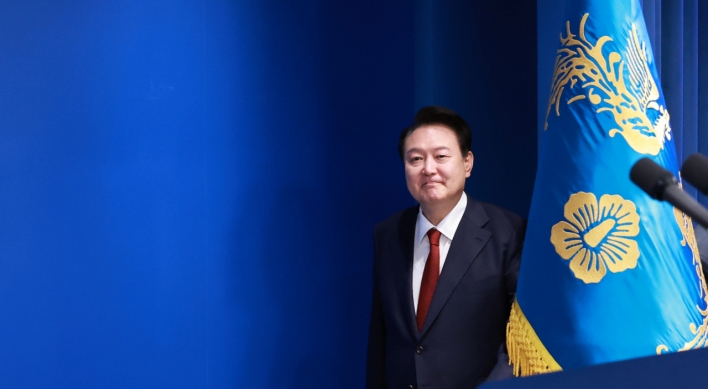
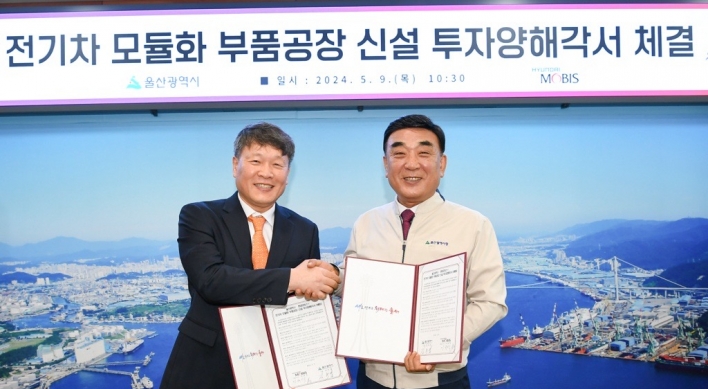
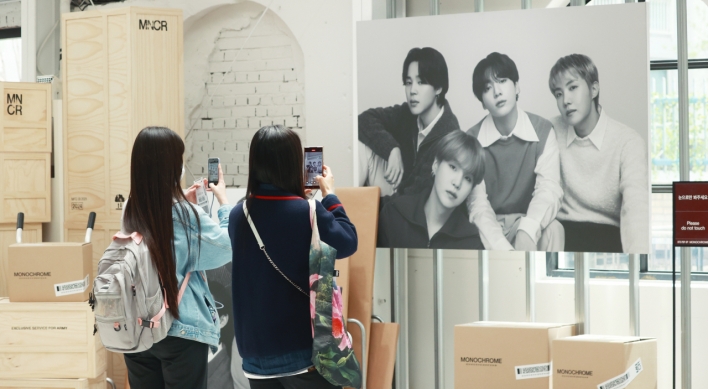
![[Today’s K-pop] Stray Kids to drop new album in July: report](http://res.heraldm.com/phpwas/restmb_idxmake.php?idx=642&simg=/content/image/2024/05/09/20240509050659_0.jpg&u=)